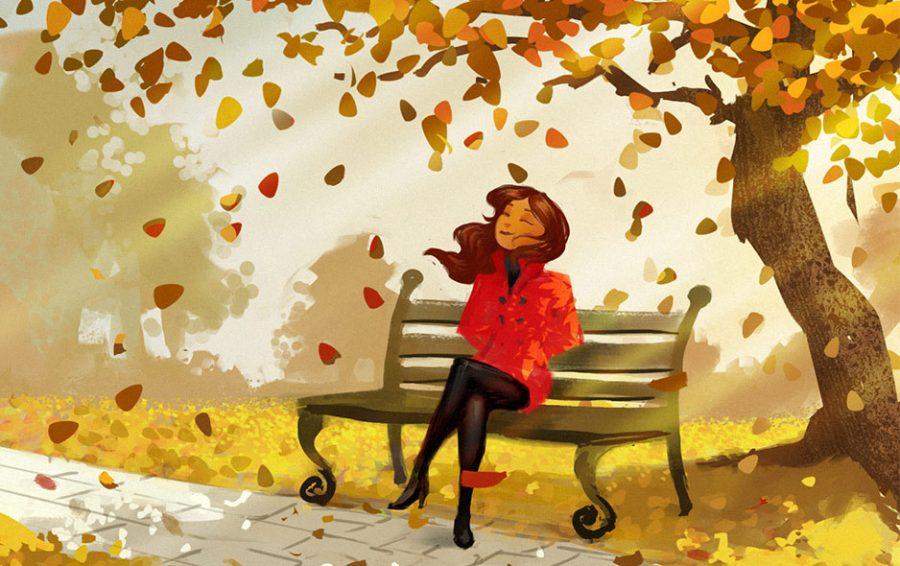Ways to Prepare for Winter and Fall
October 18, 2016
Now that fall has arrived, winter is already on its way, bringing with it colder and harsher weather. The cooler temperature outside can be enjoyable, especially for those who thrive in the winter-time climates, skiing and building snowmen, however there are a few things that you should probably know about and be aware of before you head outside this season.
- Prepare for the fall ragweed mold that can irritate people’s allergies and pose problems for asthmatics. Those who suffer from pollen allergies or have asthma should try to limit their exposure to the elements for the majority of the fall season, or at least have access to antihistamines and/or an inhaler in case of an emergency.
- Get vaccinated against the flu, or at least be aware of the influenza virus and any other diseases that come with this particular season. During the fall season disease can run rampant, especially at work or school, when you’re in closer quarters indoors with others. According to the Center of Disease Control, or CDC, during the start of October to May, the influenza rates tend to rise, peeking from the months of December to March. Though the flu isn’t usually a deadly disease, it’s important to stay protected from a sickness that could really put a damper on a holiday break or snow day.
- For those going out this winter and fall, finding a thick jacket, hats, gloves, and scarves are a must, especially on cold mornings waiting for the school bus or playing outside.
- When ice begins to form on the ground, it can be hazardous to go anywhere outside without thick winter boots. By using these shoes people are able to avoid slipping on frozen puddles on un-shoveled roads and sidewalks where snow has melted and refrozen over. For those who don’t want to wear the boots all day, packing a second pair of shoes to wear at their destination still allows them to safely travel while also letting them feel comfortable in their usual attire.
- Oftentimes, in the winter, there are large storms that can trap people inside for one to a few days without power. Through the use of blankets, non-electronic games, and flashlights or candles, people are able to stay entertained and keep warm until their house has power again. For those who have a backup power generator for their home, this might not be a major concern, but it is always nice to be prepared just in case.
- Seasonal affective disorder is a mood disorder that causes a person to be depressed at the change of climate and daylight associated with the shift from summer to fall and winter. Due to the increased rates at which people stay indoors during this time, the disorder tends to linger throughout the dark and chilly months of late November and December. The disease isn’t too serious, and usually goes away at the end of winter, but it can cause those affected to feel tired and sluggish, with a lack of motivation and decreased attention span.
Remember to be safe this autumn and winter, especially when outside. But know too that it’s important to have fun and enjoy the world… No matter what season it is outside! Every time of the year has its positives and negatives. As long as you are prepared for the negatives and appreciate the positives, I’d say you’re on your way to having one amazing winter.












